Secrest Arboretum in Wooster alive with nature's art | Plant Lovers' Almanac
A fascinating book from the 19th century was “Art Forms in Nature” by Ernst Haeckel, reveling in the organic symmetry in living things. I was reminded of this recently on my almost daily walk at Secrest Arboretum in Wooster as I saw the coiled five-needle bundles of ‘Bennett’s Contorted’ white pine. This is one of those plants that my Ohio State University forestry friend Kathy Smith calls “horticultural monstrosities” — plant forms of seemingly unworldly beauty. It is natural, though, simply a mutation that once noticed was asexually propagated by a plant lover.
Other walkabout gems noted at Secrest last week: a few soft, lavender-colored azalea blossoms blooming out-of-season, along with out-of-sync forsythia blooms contrasting with ever-purpling foliage.
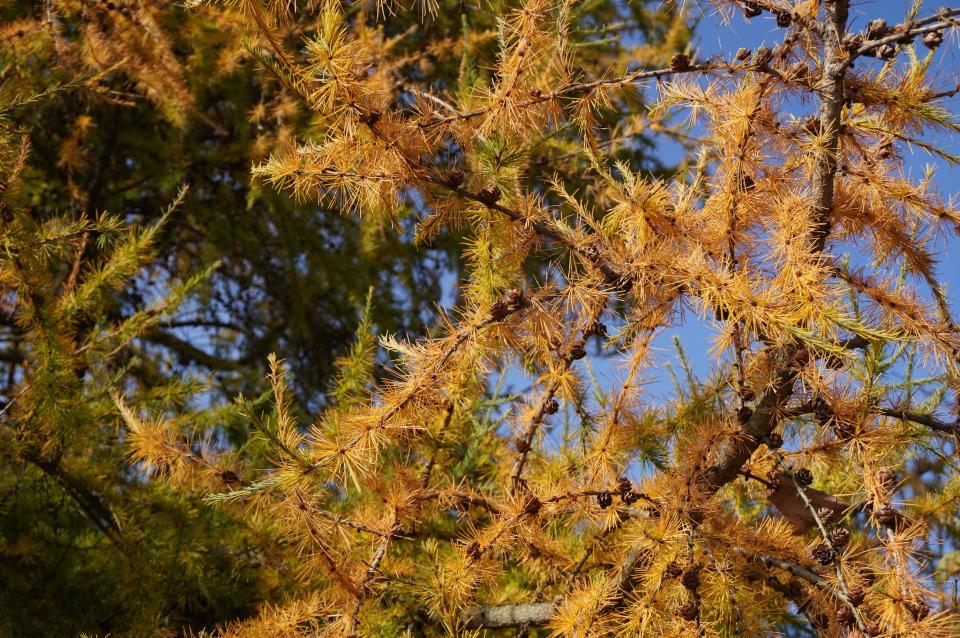
There was larch with its Rapunzel-like spun golden “deciduous conifer’ needles.
A lone groundcover geranium blossom as well as a confused orange-red flowering quince flower.
Outside the Secrest Center is a vitex showing its lavender blooms for the third month, along with a pollinating bee looking for some late-season nutrition.
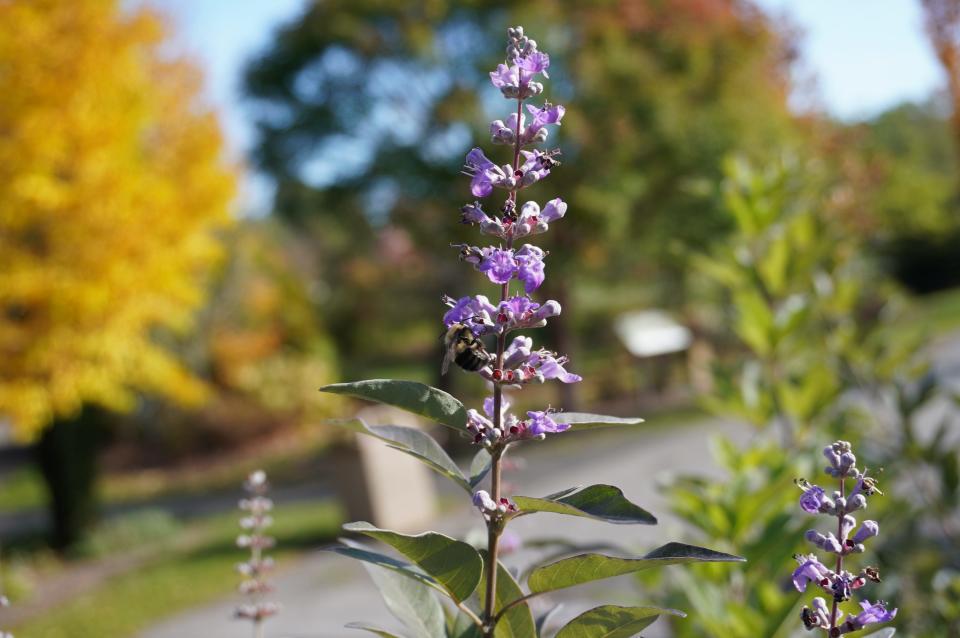
Also a ‘Pink Pom Poms’ redbud with shiny red leaves topping stems with contrasting shiny green foliage.
And Heptacodium (seven-son flower), now fully into its salmon-colored sepal inflorescence.
To live to eat
Rather than “eat to live,” I trend to “live to eat,” although if you think of it, at the extremes both apply when it comes to thinking about the next meal.
Something of this applies to our recent ArborEatUm program at Secrest Arboretum.
Plant Lovers' Almanac: Plant Lovers' Almanac: Maples, sourwoods, sourgums display spectacular fall foliage
This year’s was lovely, but we are already looking to enhancements for next October.
We hope to include membrillo (quince paste) with manchego cheese, Ohio black walnut clusters coated in cacao from Mitchell’s Fine Chocolates in Cleveland Heights, and some enhanced sensory science taste tests featuring OSU scientists.
For now, this year: There were many highlights, from Lois Rose’s corneliancherry dogwood fruits in juice and bitter orange marmalade on Secrest’s Paul Snyder’s sourdough bread, from Sabrena Schweyer’s dandelion salad to Paul’s tart Firecracker crab apple butter.
Plant Lovers' Almanac: Looking up caterpillars and cooking up crab apple butter
I was also most impressed by the groups’ willingness for and enjoyment of a walk at dusk in the icy 35-degree rain. We all did eschew going down the winding Secrest Slide in the Children’s Garden; a bit too wet for comfort.
Paul’s crab apple selection was a revelation. This mini-apple with a cultivar name of ‘Bill’s Red Flesh’ and trademarked as Firecracker is described on Google by Thomson’s Landscaping: “Firecracker is a real blast! You will love the intense, sweet-tart flavor and its striking, deep red flesh, Resembling a miniature Red Delicious, Firecracker is a great apple for salads, desserts, and juice. A naturally dwarf tree, Firecracker produces abundant crops and should be hardy to minus 40.”
And serendipitously, as evidenced by the Red Flesh butter, it tastes a lot better than Red Delicious!
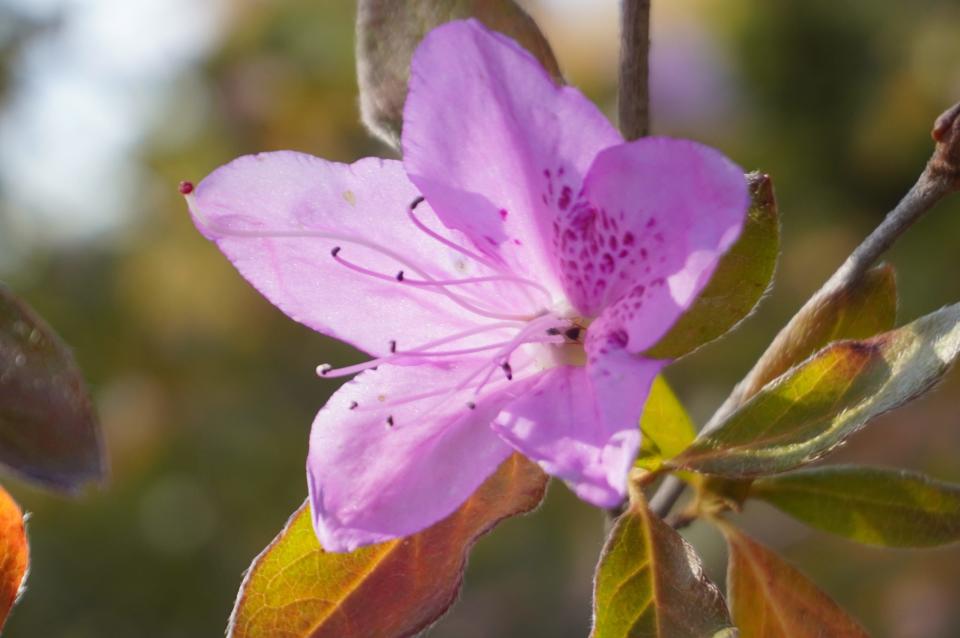
A report from down south
This past Friday, as I walked though Secrest on a pleasant day, I gave former Secrest curator Kenny Cochran a call. He is in Cocoa Beach, Florida, now and I like to chat with him while walking among his familiar Ohio haunts.
I described the most intense burnt sugar aroma ever from a weeping katsuratree in the rhododendron valley area. It is a lovely nuance that the senescing leaves of this plant give off; a sometimes elusive scent in fall, but oh, when it arrives it is a delight.
I have never figured out if it is when the leaves are dry or wet and which stage of coloration triggers the aromatics, but Ken immediately knew of what I spoke.
We continued with other familiar plants for the next 20 minutes or so, and I mentioned to Kenny about ArborEatUm three days earlier. He realized that on the same evening in Florida he had a hankering for a Midwestern favorite and made some butternut squash soup, always an autumn favorite, a Proust-lie remembrance of crisp Ohio autumnal evenings past.
Speaking of Heptacodium
I often herald this plant for its long season of inflorescence, from the white petals in August to the salmon-colored sepals all the way until major frosts in late October or November.
It is also named seven-son flower for its candelabra of seven flower clusters at the tips.
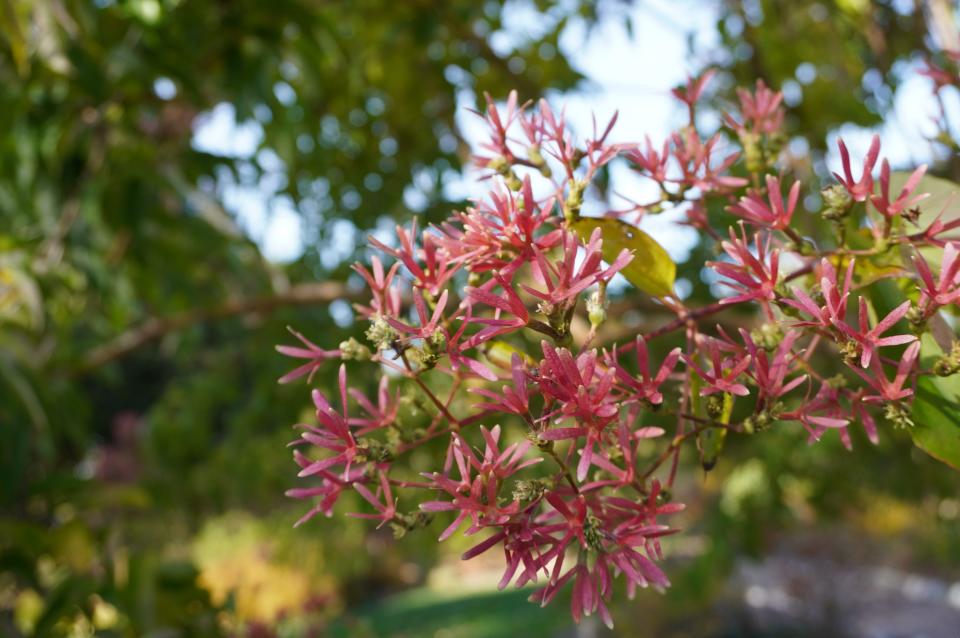
It is outstanding now, as is a Plant of the Month article in the October “The Growing Concern” publication of the Ohio Landscape Association. Authors Jim Funai of Cuyahoga Community College and Shelley Funai of Stan Hywet Hall & Gardens write this monthly column that features Western plant explorers.
In the case of Heptacodium miconioides, they wrote of E.H. Wilson of Harvard University’s Arnold Arboretum (not E.O. Wilson of later entomology, sociobiology and island biogeography fame): “He found the plant in July of 1907, on a cliff 3000 feet above sea level in the Western Hubei province of China,” delivering samples back to Arnold.
Plant Lovers’ Almanac: Enjoy autumn as it slowly unfolds
As the Funais relate, there were no seeds with the samples and there at Harvard they rested, largely forgotten until another U.S. plant exploration expedition in 1980. This time, the Chinese botanists, wanting to guarantee lasting populations of their dwindling “treasured” tree, allowed seeds to be collected.
The rest is history — Heptacodium has fast become a welcome staple in North American landscapes, at least so far not exhibiting invasive plant tendencies. Let the (Seven) Sons Shine On.
Family time
The holidays beckon, a perfect time for family activities, including pre-Thanksgiving, the Secrest Arboretum “Family Matters; Plant-Style,” on Nov. 16. Stay tuned.
Jim Chatfield is a horticulture educator and professor emeritus at Ohio State University Extension. If you have questions about caring for your garden, write to chatfield.1@osu.edu or call 330-466-0270. Please include your phone number if you write.
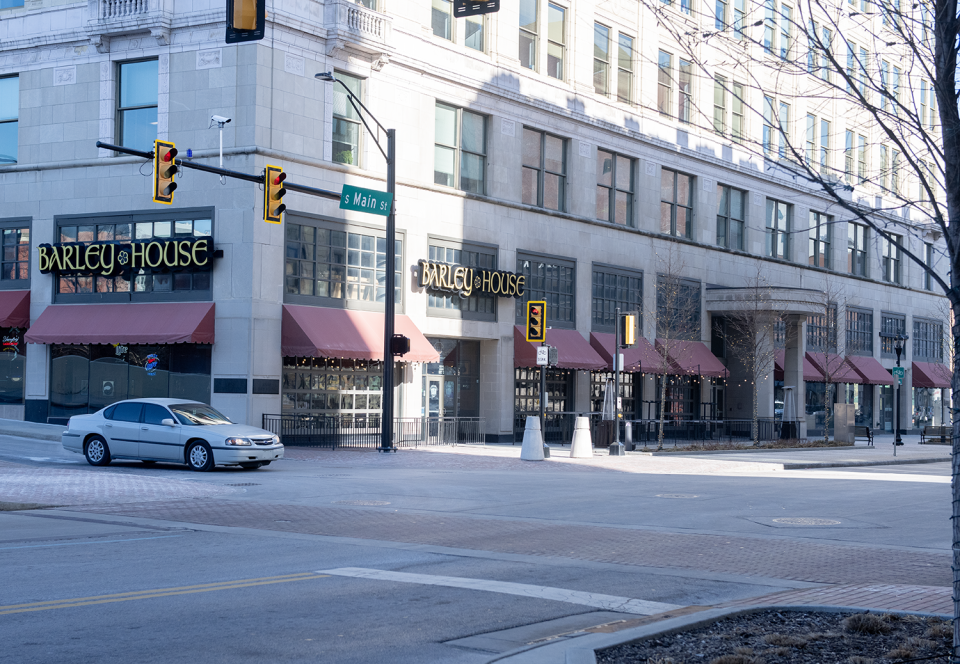
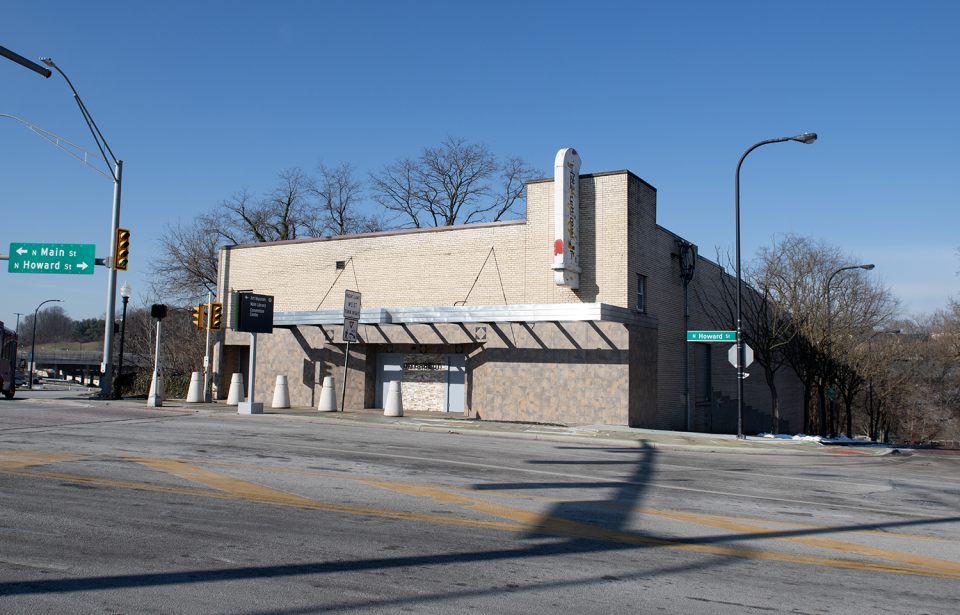
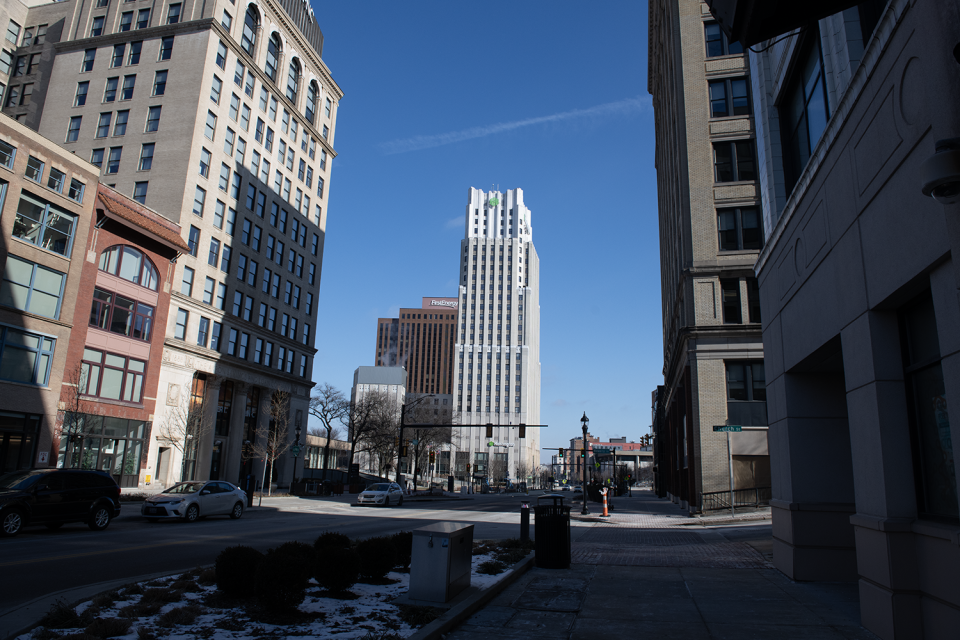
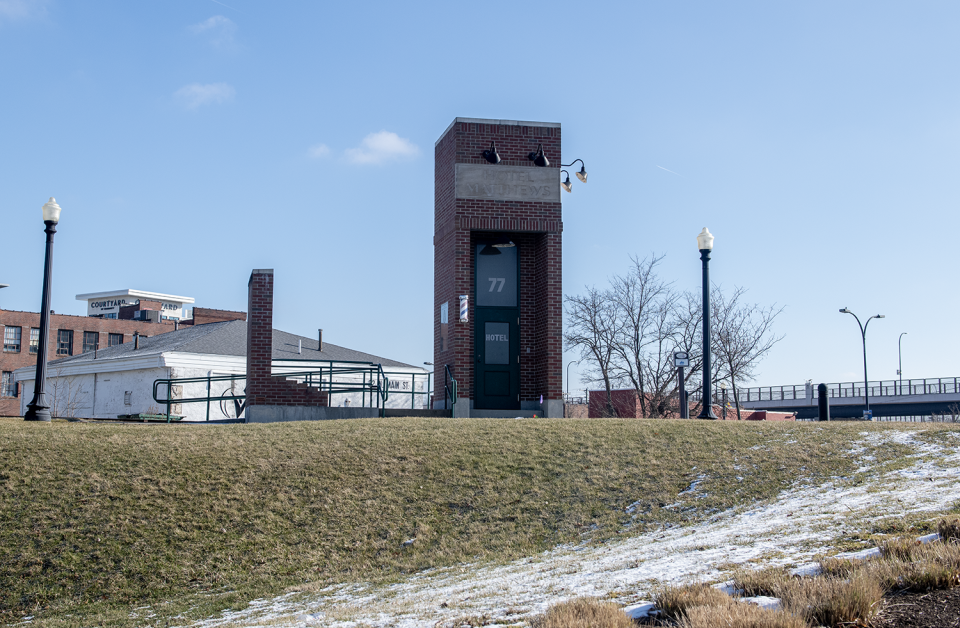

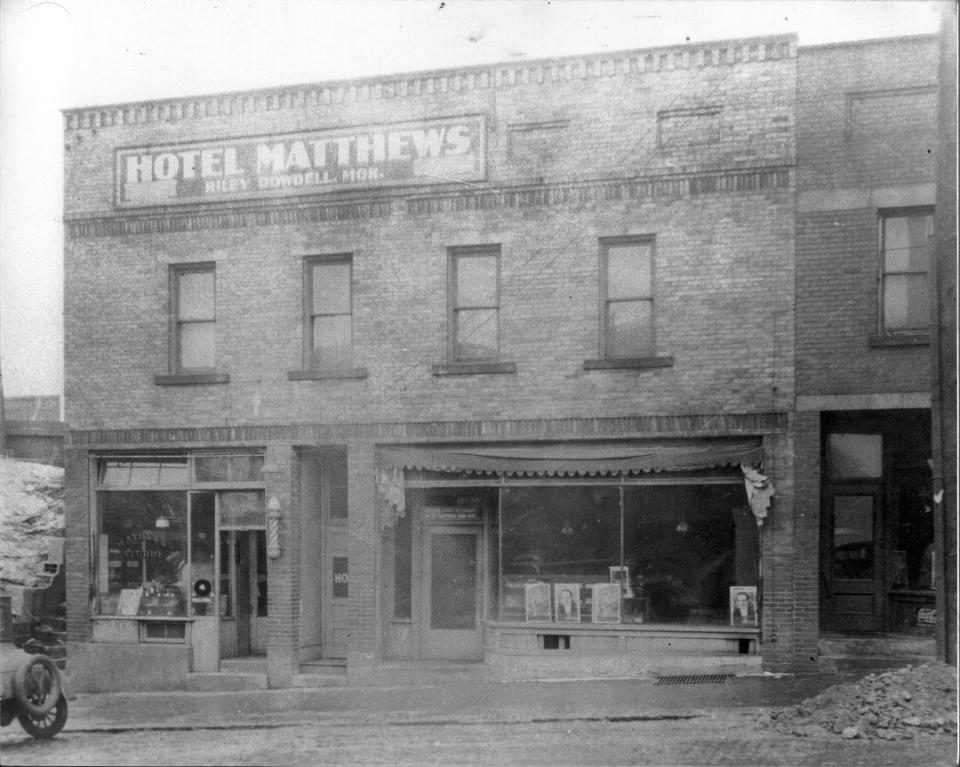

This article originally appeared on Akron Beacon Journal: Secrest Arboretum in Wooster is alive with nature's art

